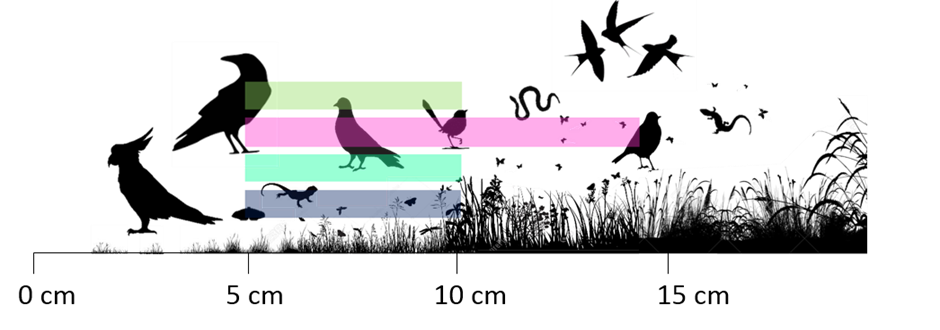Page 2112 - Week 07 - Tuesday, 2 August 2022
Next page . . . . Previous page . . . . Speeches . . . . Contents . . . . Debates(HTML) . . . . PDF . . . . Video
Eastern Grey Kangaroo populations are under threat generally throughout the ACT and are extinct in some areas.
There is no evidence to support the assertion that Eastern Grey Kangaroo populations are under threat throughout the ACT and are extinct in some areas.
The Eastern Grey Kangaroo is the most widespread and abundant kangaroo species in the ACT. It is listed as being of ‘least concern’ by the International Union for Conservation of Nature (IUCN). The species is considered abundant locally and is not listed as threatened in any jurisdiction within Australia.
While some land uses in the ACT are unsuitable for kangaroos (for example city/urban areas and pine plantations etc), the ACT contains extensive habitat for kangaroos. Over 70% of the Territory is reserved Public Land (including nature reserves, national parks and unleased territory land) or other Government managed open space land.
Suitable Eastern Grey Kangaroo habitat extends throughout these areas, from the lower elevation grassy valleys in Namadgi National Park to the lowland grasslands, grassy woodlands and open forests of the plains, hills and ridges and river corridors. These areas provide suitable, often ideal, kangaroo habitat.
The petition questions the scientific basis for determining the sustainable levels of kangaroo populations to be retained.
The ACT Kangaroo Program has been periodically and scientifically peer reviewed. The ACT Kangaroo Management Plan was independently reviewed by eminent ecologist Associate Professor Graeme Coulson from the University of Melbourne who recommended it “serve as a model for the management of kangaroos and other wildlife in Australia”.
The aim of kangaroo management in the ACT is to maintain kangaroos at densities that conserve the natural integrity of the ecological community and result in the maintenance of habitat for all grassland plant and animal species. Kangaroo densities are managed in order to maintain average grass heights between 5 -15 cm. Research has shown that this level of grass structure provides suitable habitat for a wide variety of species as shown in the Figure below. Further information on the research informing the management program can be found at: https://www.environment.act.gov.au/nature-conservation/conservation-research/macropod- research.

Next page . . . . Previous page . . . . Speeches . . . . Contents . . . . Debates(HTML) . . . . PDF . . . . Video

